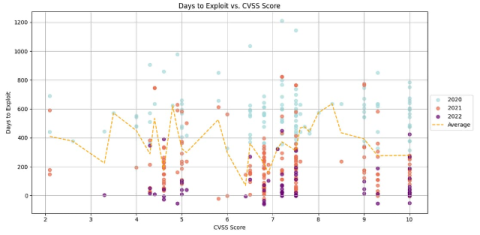RCE Zero Day Vulnerabilities in CUPS Put Linux Systems at Risk
A new series of vulnerabilities in the Common Unix Printing System (CUPS) threatens numerous Linux systems, potentially allowing remote code execution (RCE). This affects a wide range of platforms, including Debian, Red Hat, SUSE and macOS. The vulnerabilities—tracked as CVE-2024-47176, CVE-2024-47076, CVE-2024-47175, and CVE-2024-47177—are believed to endanger over 76,000 devices, with estimates suggesting up to 300,000 could be affected.











